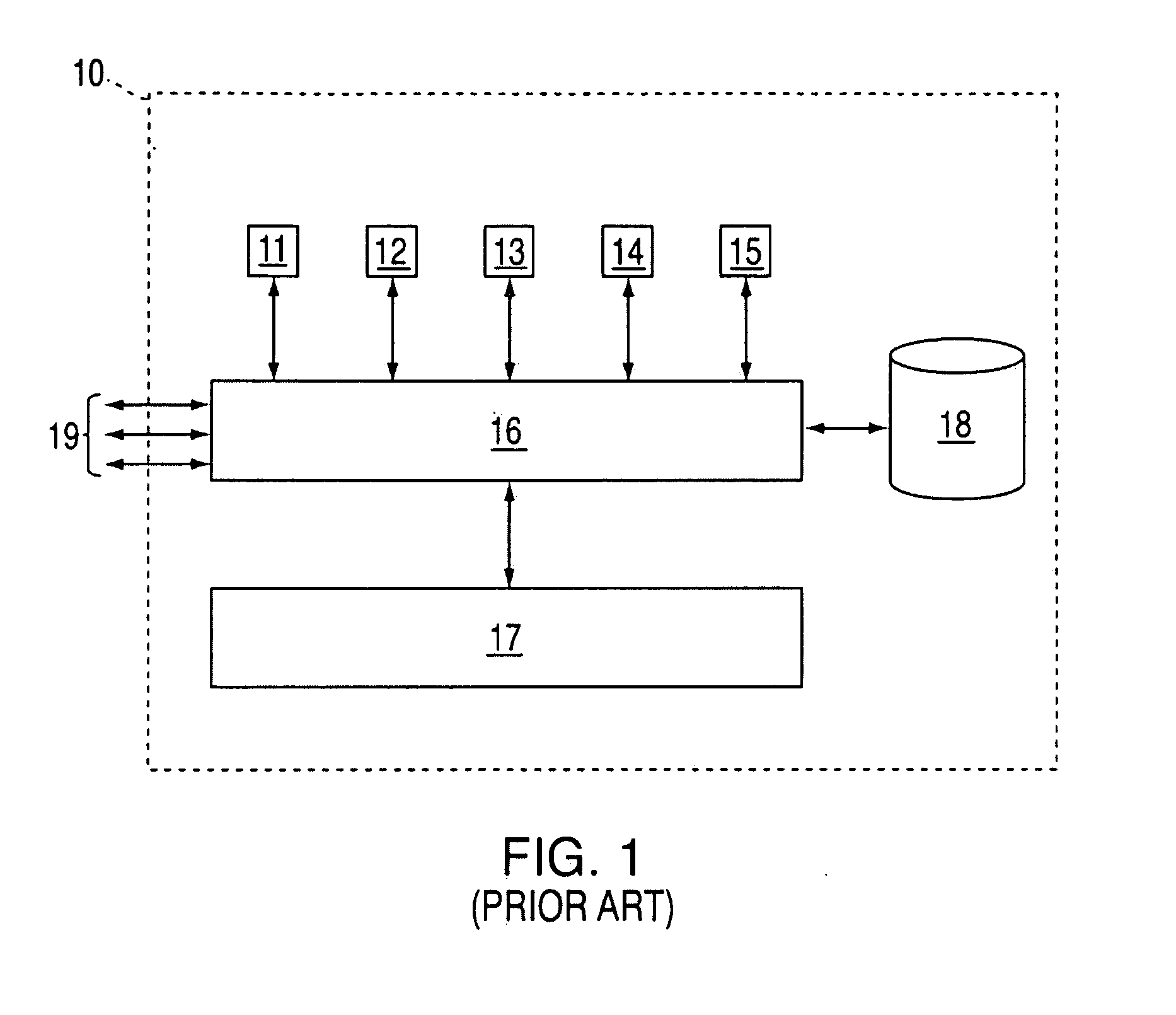Method, system and computer program product for preventing lockout and stalling conditions in a multi-node system with speculative memory fetching
a multi-node system and locking condition technology, applied in the field of speculative memory fetching methods, can solve the problems of increasing the overall system performance, failing to address unique problems present in large smp systems, and the memory response time not matching these improvement rates
- Summary
- Abstract
- Description
- Claims
- Application Information
AI Technical Summary
Benefits of technology
Problems solved by technology
Method used
Image
Examples
Embodiment Construction
[0017]Turning now to the drawings in greater detail, it will be seen that in FIG. 3 there is a multi-node system 30 comprising a plurality of remote nodes 31, 32, 33 and 34. As shown in block 30a, an initial processor request 3r which is a memory request from a processor that is sent to a shared level of cache in node 31 of the multi-node system 30. When the initial processor request 3r encounters a local cache miss, in block 30b, a request (i.e., an address broadcast) 3a is launched to each of the remaining nodes 32, 33 and 34. The address broadcast 3a broadcasts the fetch command and address of the requesting node 31 to each of the remote nodes in the system 30. In the current exemplary embodiment, after launching the address broadcast 3a, a speculative memory fetch request 3sm is sent to a target memory (see memory 17 of FIG. 1, for example), of the system 30. However, the present invention is not limited hereto, the speculative memory fetch request 3sm may occur on any remote no...
PUM
 Login to View More
Login to View More Abstract
Description
Claims
Application Information
 Login to View More
Login to View More - R&D
- Intellectual Property
- Life Sciences
- Materials
- Tech Scout
- Unparalleled Data Quality
- Higher Quality Content
- 60% Fewer Hallucinations
Browse by: Latest US Patents, China's latest patents, Technical Efficacy Thesaurus, Application Domain, Technology Topic, Popular Technical Reports.
© 2025 PatSnap. All rights reserved.Legal|Privacy policy|Modern Slavery Act Transparency Statement|Sitemap|About US| Contact US: help@patsnap.com



